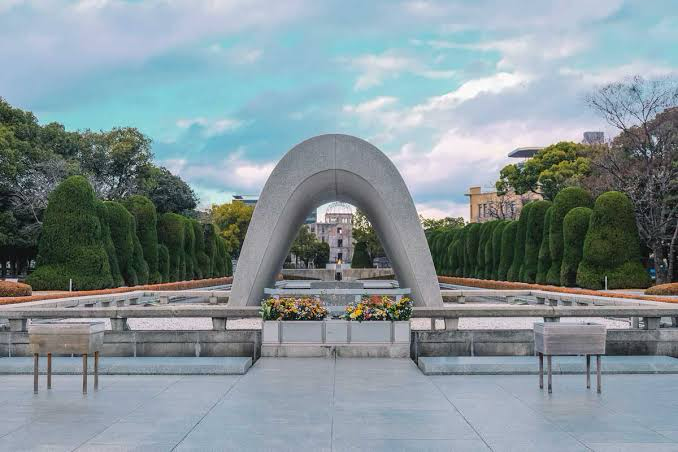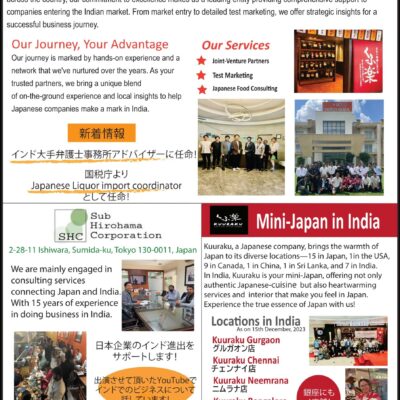In the soft light of an August morning, as the world holds its breath, a voice rises from the ashes of the past. It is a voice that has spoken annually for nearly eight decades, carrying the weight of unspeakable tragedy and the hope for an unshakeable peace. This is the voice of Hiroshima, embodied in its Mayor’s Peace Declaration.

Every year, on August 6th, the air in Hiroshima grows thick with memory. The city, once reduced to rubble and shadow by the world’s first atomic bomb, now stands as a testament to human resilience and a beacon of peace. As the sun climbs over the iconic Atomic Bomb Dome, thousands gather in solemn remembrance at the Peace Memorial Ceremony.
Amidst the crowd, survivors – the hibakusha – stand with bowed heads, their bodies bearing silent witness to the horrors of that fateful day in 1945. Many are now in their twilight years, their numbers dwindling with each passing ceremony. Yet their presence is a powerful reminder of why we must never forget.
Then, in a moment that seems to pause time itself, the Mayor of Hiroshima steps forward. In his hands, he holds not just a document, but the collective hopes and fears of a city, a nation, and indeed, the entire world. As he begins to read the Peace Declaration, his words ripple outward, crossing oceans and continents, reaching the ears of world leaders and ordinary citizens alike.
The Declaration is more than just a plea for the abolition of nuclear weapons. It is a cry from the heart of humanity, a desperate call to reason in a world teetering on the brink of madness. Each carefully chosen word resonates with the anguish of the past and the urgent need for action in the present.
“Citizens of the world,” the Mayor intones, his voice steady yet filled with emotion, “what do you think? Are more powerful nuclear forces necessary for national security?” The question hangs in the air, challenging us all to confront the grim reality of our nuclear-armed world.
As the Declaration unfolds, it paints a vivid picture of the “living hell” witnessed by survivors – a baby with skin peeled to red flesh, corpses with entrails strewn across the dirt. These are not mere words on paper; they are searing memories etched into the soul of a city.
But Hiroshima’s message is not one of despair. It is a beacon of hope, a testament to the indomitable human spirit. The Mayor speaks of the “Culture of Peace” that Hiroshima has nurtured from the ashes of destruction. He calls on the youth of the world to visit Hiroshima, to create circles of friendship that transcend borders and generations.
As the Declaration draws to a close, there is a palpable sense of resolve in the air. The Mayor’s final words ring out, clear and strong: “Citizens of the world, let us all, with hope in our hearts, walk with Hiroshima toward tomorrow’s peace.”
In that moment, Hiroshima is not just a city in Japan. It is every city, every town, every place where people yearn for a world free from the shadow of nuclear annihilation. The Peace Declaration is more than an annual ritual; it is a living, breathing reminder of our shared humanity and our collective responsibility to ensure that the horrors of the past are never repeated.
As the ceremony ends and the crowds disperse, the words of the Declaration linger, carried on the summer breeze. They whisper to us all, urging us to action, reminding us that peace is not just an absence of war, but a daily commitment to compassion, understanding, and love for all humanity.
Hiroshima’s voice will continue to rise, year after year, until the day when nuclear weapons are nothing but a distant memory. It is a voice that demands to be heard, a voice that calls us all to be ambassadors of peace in our own lives and communities.
Let us listen. Let us act. Let us walk with Hiroshima toward a future of lasting peace.





The level of my fascination with your work matches your own enthusiasm. Your sketch is elegant, and the authored material is impressive. Nevertheless, you appear concerned about the prospect of heading in a direction that could be seen as dubious. I agree that you’ll be able to address this concern promptly.
My admiration for your creations is as substantial as your own sentiment. The visual presentation is tasteful, and the written content is sophisticated. Yet, you seem uneasy about the possibility of presenting something that may cause unease. I’m confident you’ll be able to resolve this issue efficiently.